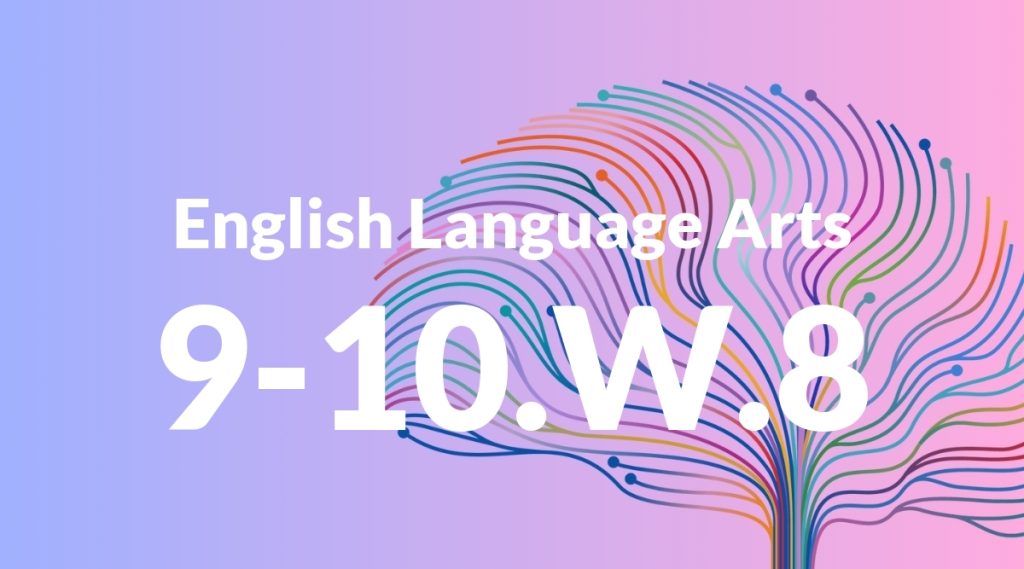Standard: 9-10.W.8 – Gather relevant information from multiple authoritative print and digital sources, using advanced searches effectively; assess the usefulness of each source in answering the research question; integrate information into the text selectively to maintain the flow of ideas, avoiding plagiarism and following a standard format for citation.
Grade level: Grade 9-10
Subject: English Language Arts
Domain: Writing
Teacher Overview
This standard focuses on developing students’ ability to gather and evaluate information from various sources, integrate it into their writing, and properly cite it. It is crucial for building strong research and writing skills that are essential for academic success in high school and beyond. Students should already be familiar with basic research techniques and have a foundational understanding of plagiarism and citation rules.
Students will advance to more complex research tasks, including synthesizing information from multiple sources and presenting their findings in a structured and academically honest manner.
Common Misconception 1
Some students may think that any information found on the internet is automatically credible. This is incorrect because not all sources are reliable or authoritative. Students need to learn how to critically evaluate the credibility of their sources.
Intervention 1
Introduce students to criteria for evaluating sources, such as the author’s expertise, the publication’s reputation, and the date of publication. Use examples of both credible and non-credible sources for practice.
Common Misconception 2
Another common misconception is that paraphrasing does not require citation. This is incorrect because paraphrasing still involves using someone else’s ideas, which must be credited to avoid plagiarism.
Intervention 2
Provide clear guidelines and examples showing that paraphrased information must be cited. Offer practice exercises where students paraphrase and cite sources correctly.
Prerequisite Knowledge
Students should have basic research skills, including the ability to locate and use print and digital resources, and a foundational understanding of plagiarism and citation formats.
Subsequent Knowledge
After mastering this standard, students will be able to conduct in-depth research projects, synthesize information from multiple sources, and present their findings in a coherent and academically honest manner.
Instructional Activities
- Conduct a research project on a given topic, using both print and digital sources.
- Create an annotated bibliography for a research paper.
- Evaluate the credibility of different sources using a checklist.
- Practice paraphrasing and citing sources in various formats.
- Develop a presentation that includes properly cited information from multiple sources.




